Letter of recommendation for yourself template
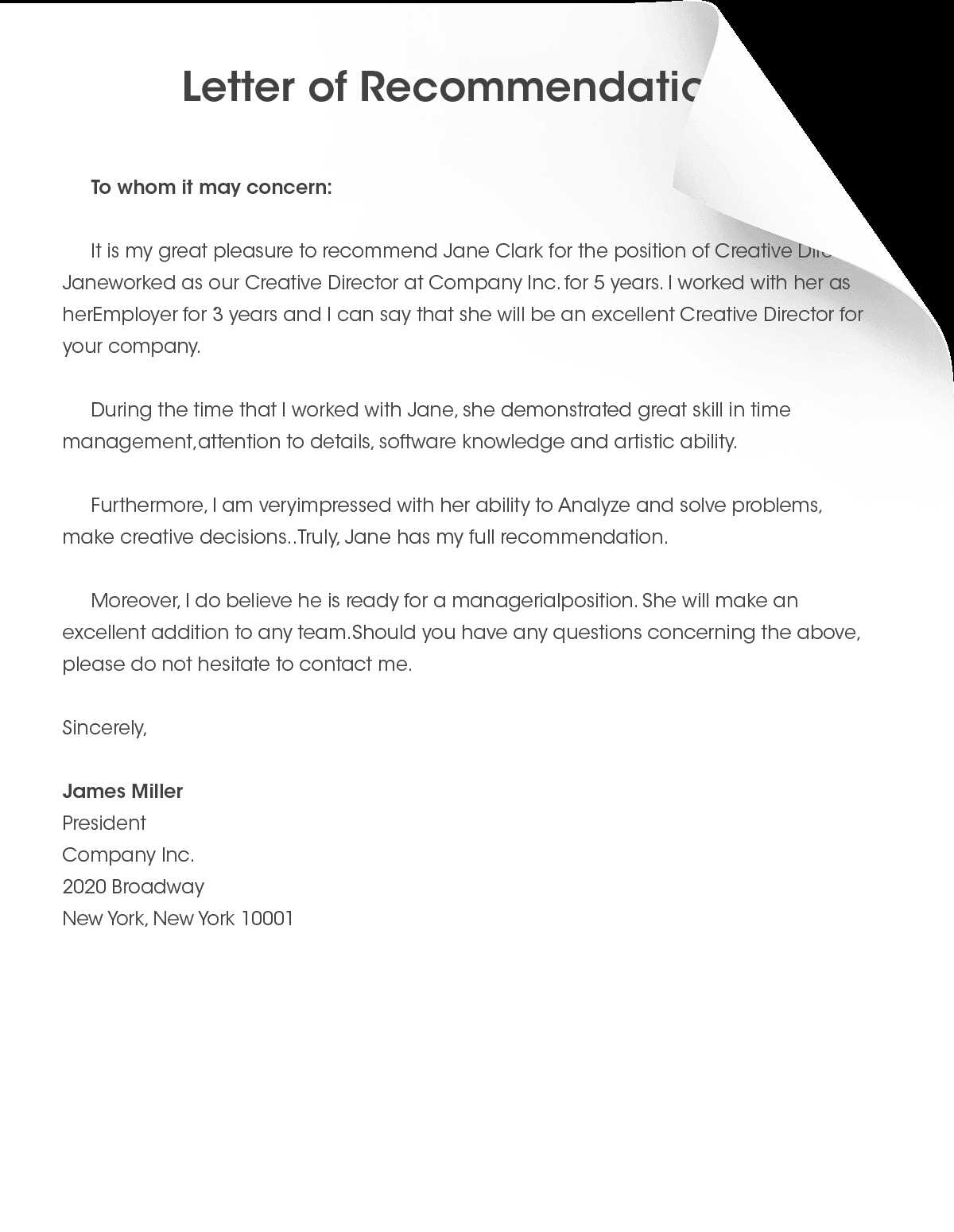
Writing a letter of recommendation for yourself is an opportunity to reflect your strengths and achievements in a clear, confident manner. Focus on your most significant contributions and experiences, keeping the tone professional and engaging. Start by highlighting specific accomplishments that are relevant to the position or opportunity you’re pursuing.
Provide concrete examples of your skills and how they’ve contributed to your success. Avoid vague statements–be specific about the impact you’ve made. For instance, mention projects you’ve led, problems you’ve solved, or innovative solutions you’ve implemented. This will make your letter stand out and show your potential in action.
Keep the tone positive, but also grounded in reality. While it’s tempting to praise yourself excessively, balance is key. Acknowledge areas where you’ve improved or learned, demonstrating your capacity for growth and self-awareness. A well-rounded letter of recommendation will highlight your strengths while also showing your dedication to continuous development.
Finally, conclude the letter by reinforcing your enthusiasm for the role or opportunity. Emphasize how your unique qualities and experience make you an excellent candidate, and express confidence in your ability to make meaningful contributions.
Letter of Recommendation for Yourself Template
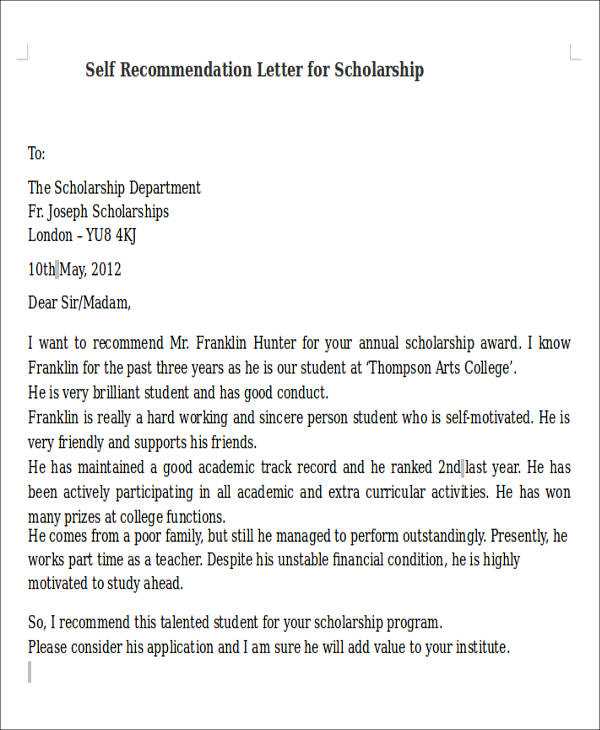
Subject: Strong Recommendation for [Your Name]
I highly recommend [Your Name] for any role or opportunity that demands exceptional skills, dedication, and consistent performance. During our time working together, [Your Name] demonstrated outstanding abilities in [specific skills or tasks], always delivering work of high quality and within set deadlines.
In particular, [Your Name] consistently displayed a keen attention to detail and a proactive approach in [specific task or project]. Their ability to take on complex challenges and solve problems efficiently makes them an invaluable asset to any team. What sets [Your Name] apart is their natural leadership and communication skills, which have fostered a collaborative environment among peers and contributed significantly to project successes.
Furthermore, [Your Name]’s strong work ethic and commitment to continuous learning have been key factors in their growth. They constantly seek opportunities to expand their knowledge and improve performance, making them highly adaptable and resourceful in any setting.
Without hesitation, I would recommend [Your Name] for any future endeavors, knowing that they will bring the same level of excellence, drive, and integrity to any challenge or opportunity they encounter.
How to Choose the Right Tone for Your Letter
Focus on the purpose of your letter. If you’re writing for a professional setting, keep the tone formal but approachable. Maintain respect and clarity throughout. If the letter is more personal, aim for a warm yet sincere tone, keeping it friendly without being overly casual. Tailor the language to the relationship you have with the recipient. For a mentor, you might use a tone that reflects gratitude and admiration. For a peer or colleague, keep the tone more neutral and supportive.
Match the tone to the industry or field. For example, a letter aimed at a creative industry might benefit from a more relaxed approach, while a corporate environment demands a more reserved tone. The tone should also reflect your personality. If you are naturally upbeat and positive, let that come through, but stay professional. Avoid being overly effusive or too modest; balance confidence with humility.
Finally, consider the context in which the letter will be read. If it’s part of a formal application, the tone should be respectful and professional, with clear examples of your skills. If the letter is to a colleague or friend, a slightly more casual tone may be appropriate, but always remain respectful and to the point.
Tips for Highlighting Key Achievements
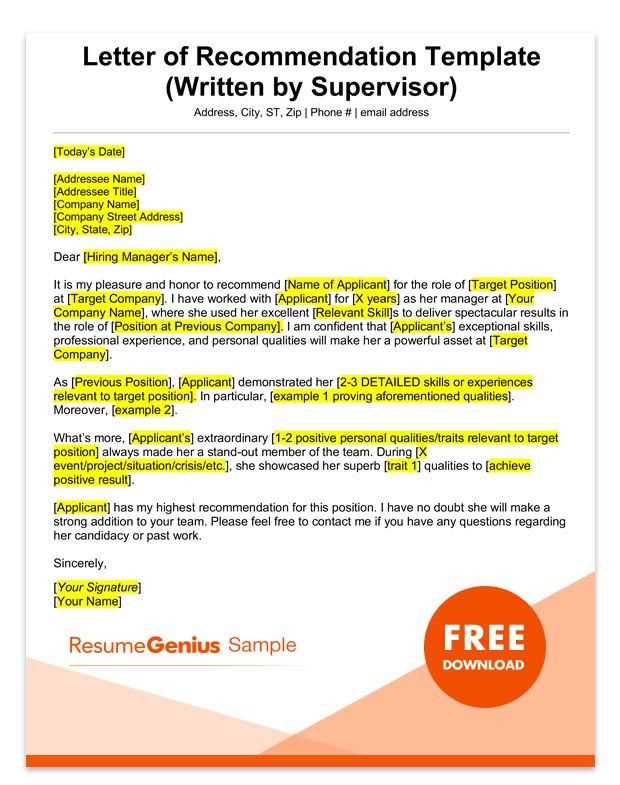
Focus on quantifiable results. Use numbers to demonstrate the impact you had in previous roles, whether it’s increasing revenue by a specific percentage or reducing costs through strategic planning. These details create a clear picture of your contributions.
Use Action Verbs
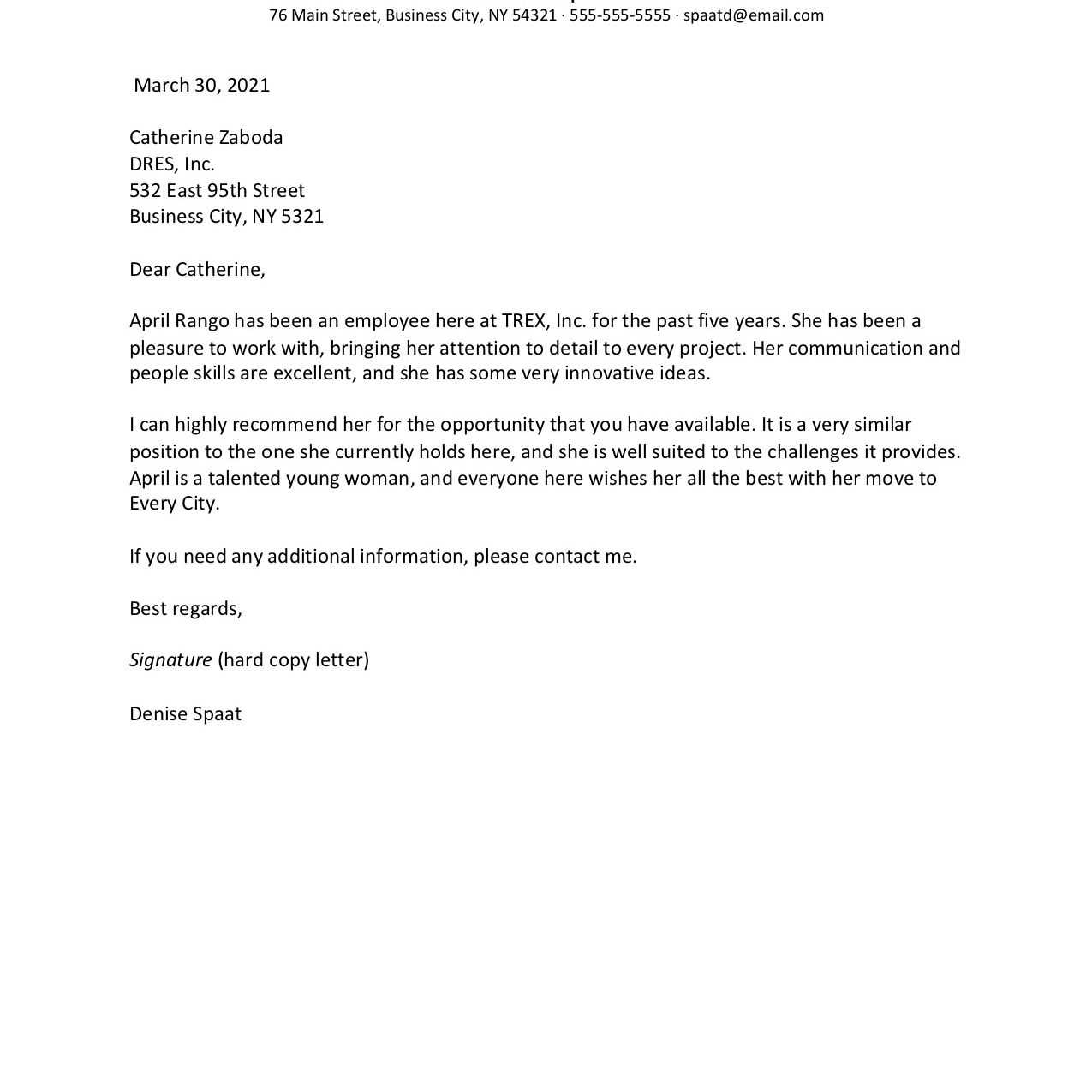
Start each achievement with a strong action verb. Words like “increased,” “led,” “improved,” and “optimized” show your initiative and ownership. These verbs communicate your direct involvement in achieving the results you highlight.
Showcase Relevant Skills
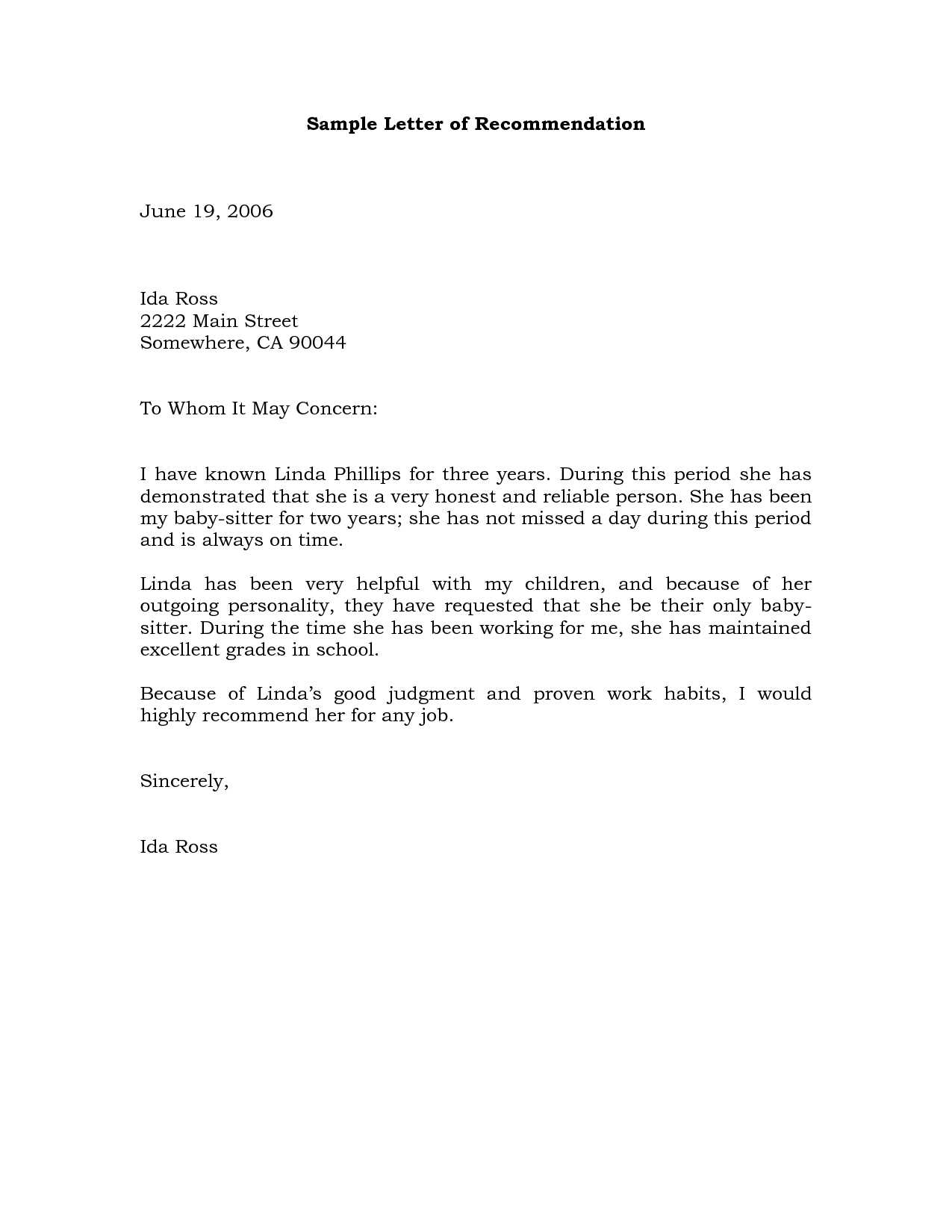
Tailor your achievements to align with the skills and experiences that matter most to the position you’re applying for. Highlight how your skills in problem-solving, leadership, or project management directly contributed to your success in past roles.
How to Present Personal Traits and Strengths
To highlight your personal traits and strengths, focus on specific examples that demonstrate your abilities in action. Use concrete achievements that show how your qualities positively impacted previous work or projects.
- Be specific: Mention situations where you demonstrated problem-solving, leadership, or creativity. For instance, “I led a team to successfully complete a project ahead of schedule, demonstrating both leadership and time management skills.”
- Provide measurable outcomes: Use numbers or results to back up your claims. For example, “By streamlining the process, I improved team efficiency by 25%.” This adds credibility to your strengths.
- Relate traits to your role: Choose qualities relevant to the job you’re applying for. If you’re seeking a management position, highlight your communication, decision-making, and organizational skills with examples.
- Balance confidence and humility: While it’s important to showcase your strengths, avoid exaggeration. Present your traits in a way that shows you’re both confident and aware of areas for growth.
By providing clear, relevant examples, you build a strong case for your suitability, emphasizing how your personal qualities will contribute to the success of the team or organization.
Structuring the Closing Paragraph to Impress
Focus on leaving a lasting impact. Summarize your key strengths and restate your enthusiasm for the opportunity. Ensure you convey confidence without sounding presumptuous. A well-structured closing reaffirms your suitability for the role or position. Keep it concise but meaningful. Avoid vague phrases or generic conclusions.
Use a call to action that encourages the reader to reach out for further discussion. This shows openness and initiative. Instead of generic lines like “Thank you for your time,” opt for something more proactive, such as “I look forward to the opportunity to discuss how my skills align with your needs.”
Here’s how you can structure it:
| Component | Description |
|---|---|
| Restate your key strengths | Briefly highlight your most relevant qualifications or skills. |
| Express enthusiasm | Reaffirm your excitement for the opportunity without overdoing it. |
| Call to action | Invite the reader to connect with you for further discussion. |
| Thank you | Politely thank the reader for their consideration, but avoid clichés. |
Finish with a confident sign-off, such as “Sincerely” or “Best regards,” followed by your name. Keep the tone professional but warm. This shows you value the reader’s time and are eager to proceed.
Common Mistakes to Avoid When Writing
Focus on avoiding vague language. Clearly state your strengths and accomplishments without using general or ambiguous terms. Instead of saying “I am a good leader,” provide a specific example, such as “I led a team of five on a successful project that exceeded our goals.” This makes your letter more impactful and credible.
Avoid Repetition
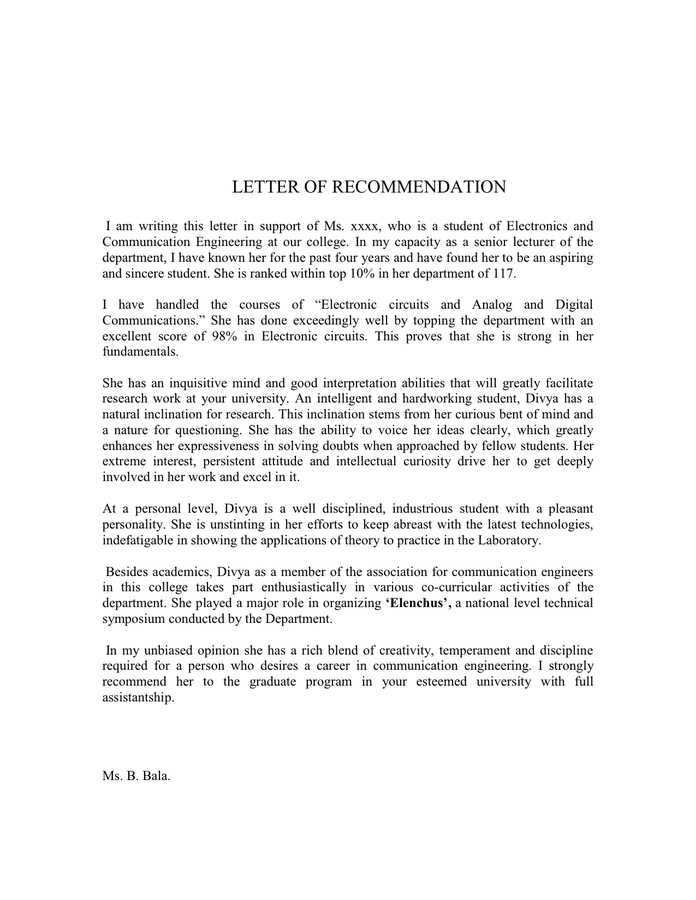
Repetition weakens your letter. Avoid stating the same point multiple times in different words. Each sentence should contribute something new and relevant. For example, do not mention the same skills or achievements in different sections unless it adds new context or insight.
Stay Concise
Long-winded explanations do not add value. Keep your points clear and concise, sticking to the essentials. Don’t use filler words or phrases that don’t provide specific details. Review your letter to remove unnecessary sentences and ensure every part supports your purpose.
Tailor Your Letter to each situation. Generic content may not resonate with the reader. Make sure your letter reflects the qualities and experiences that align with the role or opportunity you’re applying for. Customization shows effort and attention to detail.